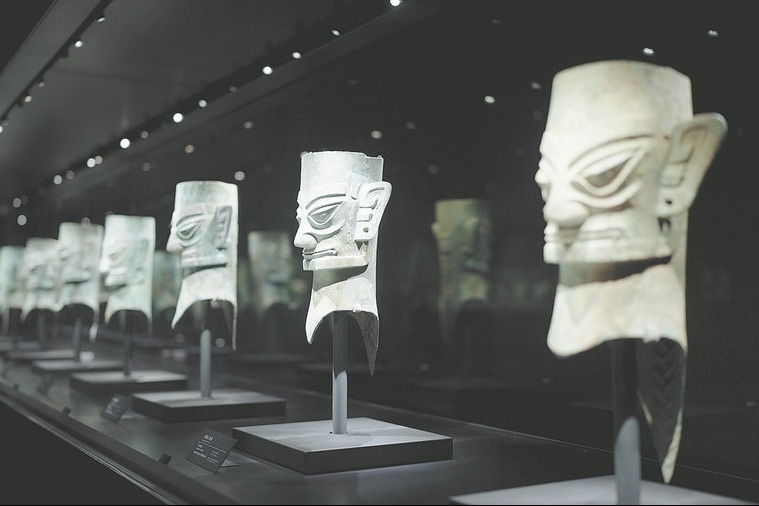Laser to uncover secrets of universe
By Zhang Zhihao | China Daily | Updated: 2017-08-24 07:27
China is building a laser 20 times stronger than the most powerful one now in use to probe the secrets of the universe and create new materials for a wide array of products.
Last year, the Shanghai Institute of Optics and Fine Mechanics created the world's highest peak power pulsed lasers - intense lasers that generate beams in extremely short bursts - clocking in at 5.3 quadrillion watts (a quadrillion is 1 followed by 15 zeros) in less than 30 quadrillionths of a second.
Now, it is building an even stronger one, which can produce 100 quadrillion watts - about 50,000 times the planet's total power consumption - in an extremely short time, said Li Ruxin, project leader and director of the institute, which is part of the Chinese Academy of Sciences.
The laser is part of a new laboratory called Station of Extreme Light at the Shanghai Coherent Light Facility, one of China's key science facilities that include other major projects like the Five-hundred-meter Aperture Spherical radio Telescope, better known as FAST, the world's largest radio telescope.
The station also will house a new hard X-ray free-electron laser, one of the world's most powerful X-ray lasers used for imaging extremely small phenomena-like protein structures and chemical reactions.
Scientists around the world, from the United States to Japan, have conducted a feasibility study and endorsed the station's planning and design in July. The facility will be completed within a decade and its applications "will go far beyond other existing or planned facilities", according to the review committee.
The new laser is so powerful that it can simulate extreme conditions that are akin to the core of a massive star or even a black hole, Li said. This can lead to new discoveries that can help scientists tackle many unsolved mysteries of the universe, from its origin to quantum mechanics.
One of the main objectives is using the laser to unravel the "weird quantum property of empty space, which has puzzled scientists for more than 80 years", Li said. "Normally, a vacuum is thought of as completely empty, but in quantum electrodynamics, it is actually full of virtual particles that appear and vanish all the time," he said.
"However an extremely strong electric and magnetic field can affect this space and the light passing through it. So vacuum can actually behave as a prism, or 3-D movie glasses."
Scientist only got a glimpse of this strange phenomenon recently by observing neutron stars, which are the dense remnant cores of massive stars that have at least 10 times more mass and billions of times stronger magnetic fields than the sun.
But these stars are often light years away, making them extremely hard to study accurately. "Now for the first time, we can directly create and then measure the quantum properties of vacuum on earth using the laser," Li said.
Apart from cutting-edge scientific research, the laser will have plenty of practical applications. "By simulating extreme conditions via lasers, scientists can test and create stronger and more durable materials for industrial and social needs," he said.
This includes stronger wheels for high-speed trains, safer nuclear reactors, faster processing of nuclear waste and new medical tools for cancer diagnosis and treatment, Li said.
"High-power lasers are one of the greatest tools in modern science," Li said, adding that there are about a dozen labs worldwide dedicated to using these "big guns of science".
While these lasers have immense power output, the energy they deliver is actually low, Li said. "It will only take around 1,500 joules of energy to run the new 100 quadrillion-watt laser," he said. This is around 360 calories, or two cans of soda.
In physics, the equation for power is energy divided by time. By reducing the time to a quadrillionth of a second, scientists can create immense power output with little energy.
In 2015, Japanese scientists built what was then the most powerful laser in Osaka, which produced a 2 quadrillion-watt pulse in less than a trillionth of a second. The US, United Kingdom, France, Germany and Canada also have their own intense laser facilities.
"The Station of Extreme Light will become a unique and valuable platform for scientists around world, from physics to medicine, to cooperate and study," Li said.
























